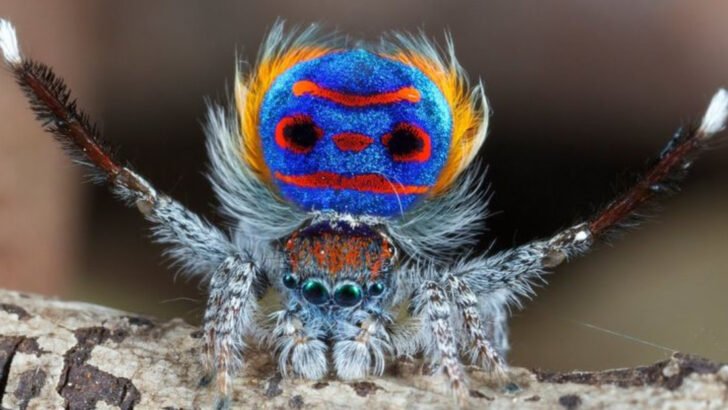Spiders. Just the word sends chills down your spine, right? Their spindly legs and beady eyes are enough to make anyone jump. But what if I told you that some of the creepiest-looking spiders are actually total softies?
These arachnids might look like they belong in a horror movie, but in reality, they’re harmless to humans. No venomous bites, no aggressive attacks—just gentle creatures going about their spider business.
While their appearance might have you running for the hills, these spiders are nothing to fear. In fact, many of them play an essential role in keeping pests in check.
Get ready to meet 17 spiders that are far less scary than they seem. You’ll be amazed at how the terrifying and the harmless can look so alike!
Huntsman Spider
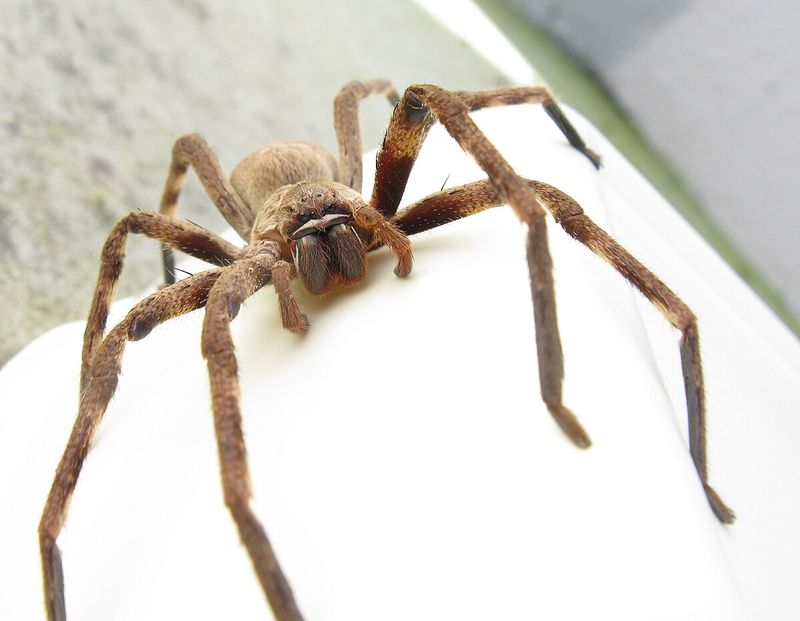
Despite its alarming size and rapid movements, the huntsman spider is harmless to humans. With a leg span that can reach up to 12 inches, it’s one of the largest spiders around. Its appearance is intimidating, but these spiders are quite shy and prefer to scurry away from confrontation.
Huntsman spiders are beneficial as they help control insect populations. They are often found in warm climates and can make their homes in gardens or inside houses, clinging to walls. Their bites are rare and usually result in minor symptoms similar to a bee sting.
Daddy Long Legs
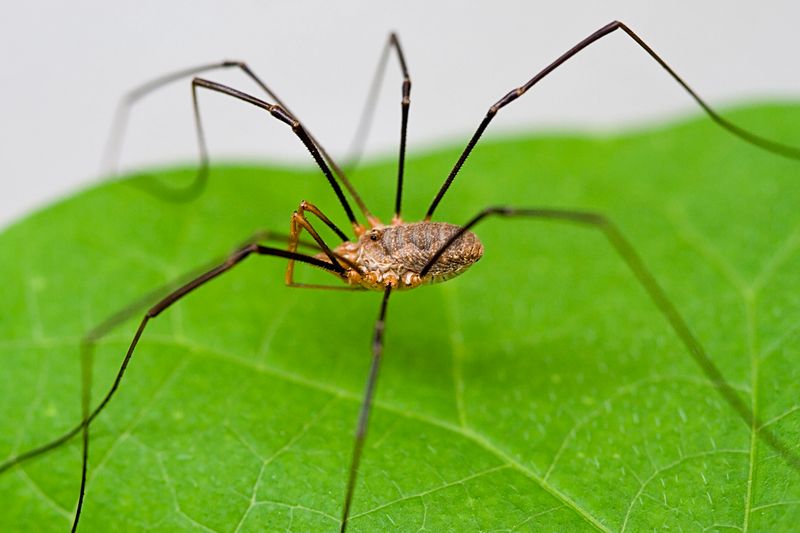
Known for their incredibly long, thin legs, daddy long legs are often mistaken for a dangerous species. However, they pose no real threat to humans. Their venom is not harmful to people, and their fangs are too small to puncture human skin.
These spiders are usually found in dark, damp areas such as basements or under rocks. They play an important role in the ecosystem by preying on other insects and helping to keep bug populations under control. Despite their spindly appearance, they are gentle and non-aggressive creatures.
Golden Silk Orb-Weaver
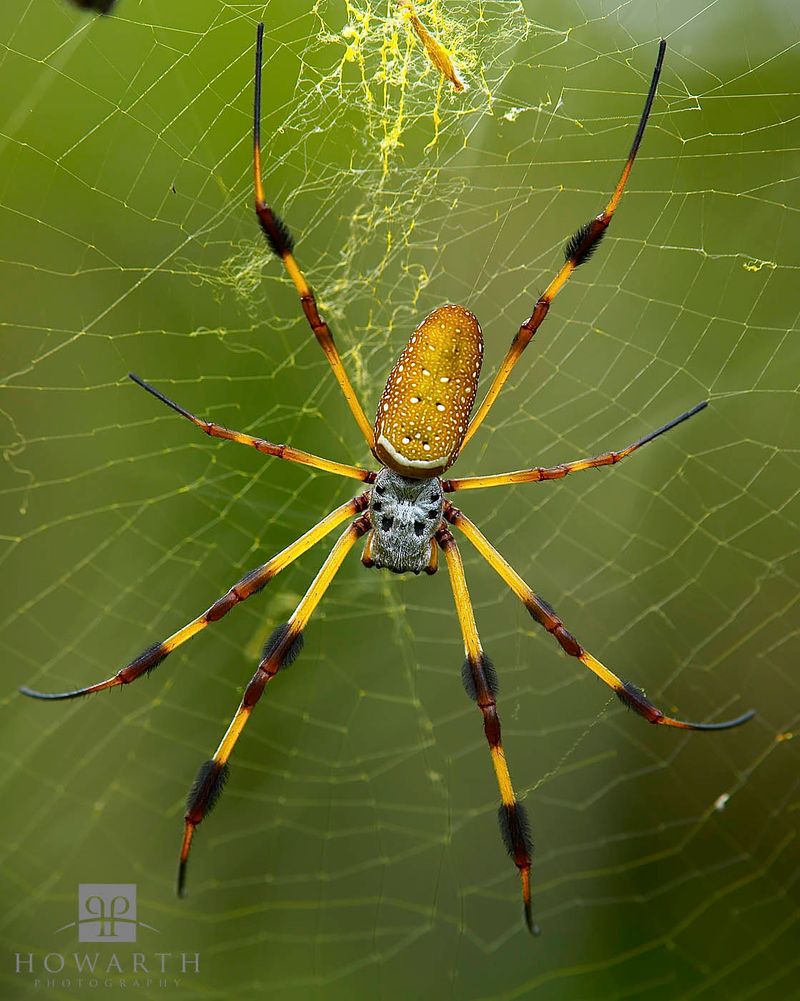
The golden silk orb-weaver might catch your eye with its large, vibrant yellow body and intricate webs. Although they may look formidable, these spiders are harmless.
Their venom is mild and poses no real threat to humans. They are known for spinning some of the strongest and largest webs, often found in tropical and subtropical regions.
These spiders are not aggressive and prefer to stay in their webs, capturing insects with their strong silk. Observing them can be fascinating, as they contribute to controlling pest populations in their habitats.
Wolf Spider
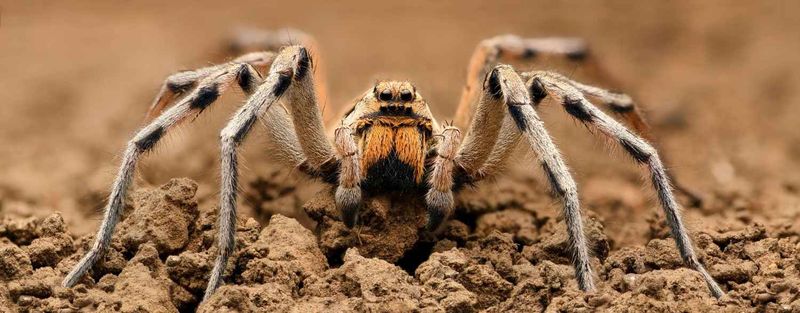
With its hairy body and speed, the wolf spider could easily be mistaken for a dangerous predator. However, they are not harmful to humans. These solitary hunters rely on their quick reflexes instead of webs to catch prey.
Wolf spiders are found worldwide, often inhabiting grasslands and gardens. They have excellent eyesight, which aids in their hunting at night. While their appearance can be alarming, they prefer to avoid humans and only bite if provoked, resulting in mild irritation.
Their presence is beneficial, as they control insect populations naturally.
Jumping Spider
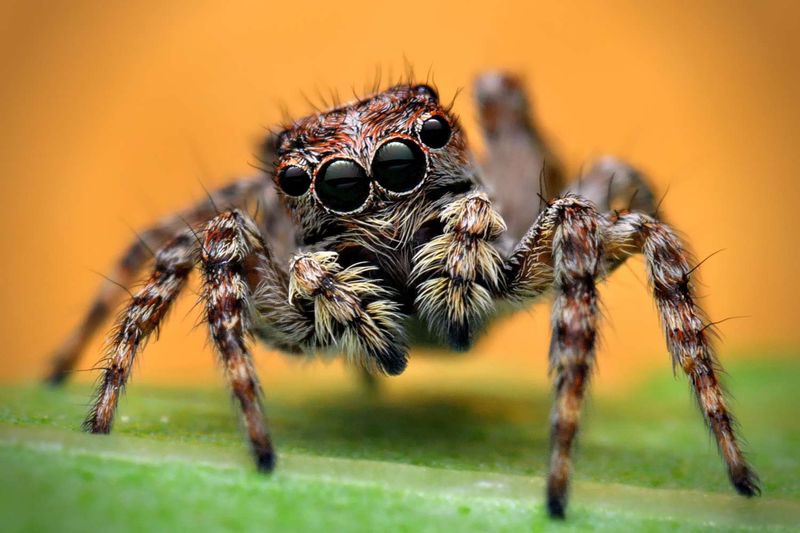
Jumping spiders, with their compact bodies and bright, curious eyes, are more adorable than intimidating. Despite their name and jumping abilities, they are harmless to humans. These spiders are known for their excellent vision and agile movements.
Jumping spiders are found in a variety of habitats, from gardens to forest floors. They do not spin webs to catch prey; instead, they rely on their agility and keen eyesight.
Their bites are rare and only cause mild irritation. Observing them can be quite entertaining, as they exhibit inquisitive behaviors and vibrant colors.
Garden Orb-Weaver
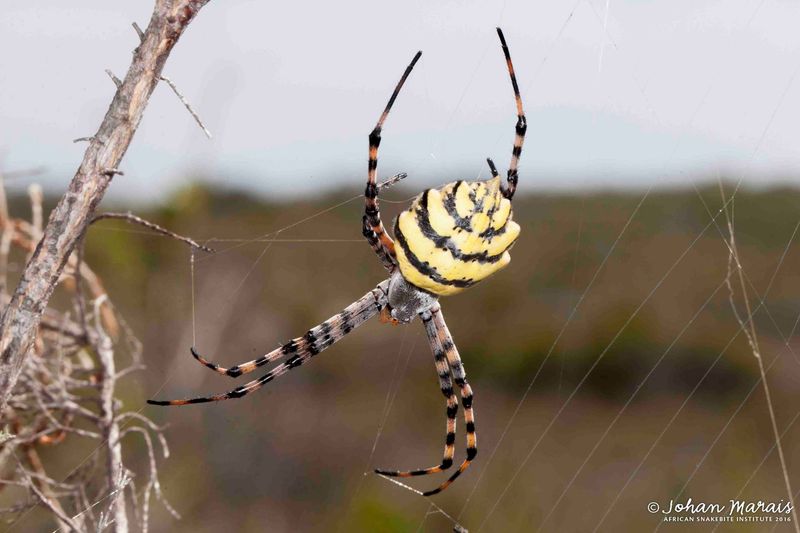
The garden orb-weaver is a common sight in gardens, with its large, round body and intricate webs. Despite its daunting appearance, this spider is harmless to humans. Their venom is mild and not dangerous.
These spiders are more active during the night, where they sit patiently in their webs waiting for prey. They contribute to the ecosystem by capturing and controlling insect populations. Garden orb-weavers are non-aggressive and generally avoid interactions with humans, making them a fascinating yet safe presence in outdoor spaces.
Tarantula
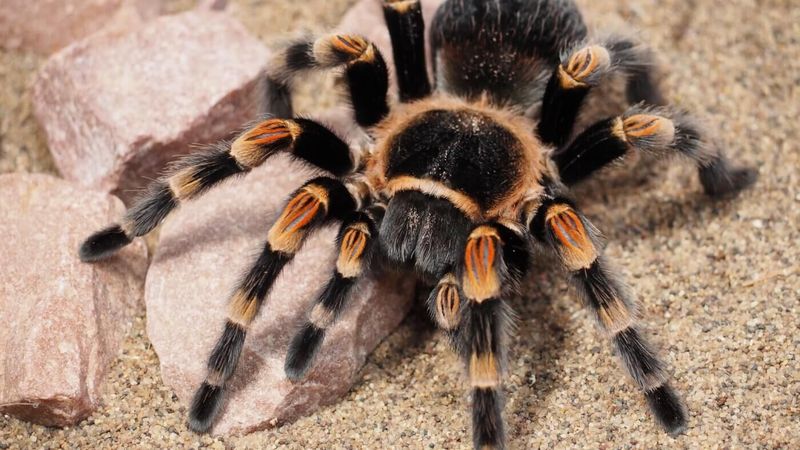
Tarantulas are often the poster creatures for fear, with their large, hairy bodies. However, they pose little threat to humans. Their bites are comparable to a bee sting and are not considered dangerous unless allergies are involved.
These spiders are more likely to retreat than attack when threatened. They are found in warm climates and occupy habitats like deserts, grasslands, and forests.
Tarantulas play a significant role in controlling insect populations. Despite their fearsome appearance, they are generally docile creatures that are fascinating to observe in their natural habitats.
Zebra Spider
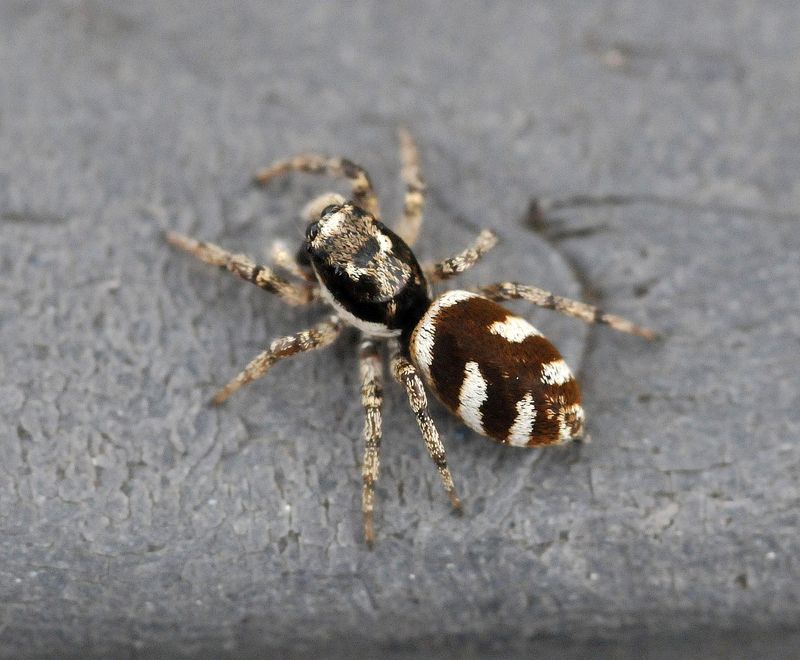
The zebra spider, with its distinctive black and white striped pattern, is more interesting than intimidating. Known for its jumping ability, it is harmless to humans. These tiny spiders have excellent vision and are very curious.
They are commonly found in urban environments, often seen on windowsills and walls. Zebra spiders do not spin webs; instead, they hunt prey by jumping and capturing insects directly.
Their bites are rare and result in mild irritation. Observing their antics can be enjoyable, as they are active hunters with unique hunting strategies.
Trapdoor Spider
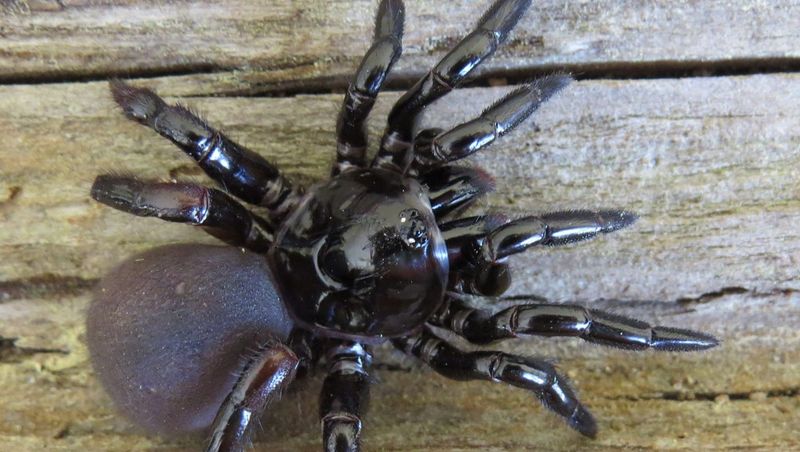
Trapdoor spiders, with their secretive nature and hidden homes, can seem menacing. However, they are harmless to humans. These spiders build burrows with camouflaged doors, lying in wait for unsuspecting prey.
Found in warmer climates, they are rarely seen unless their burrows are disturbed. Trapdoor spiders are nocturnal hunters, relying on stealth rather than webs to catch insects.
Although their appearance is fearsome, they avoid human interaction and their bites are not harmful. Their unique lifestyle and burrow-building skills make them fascinating subjects of study for spider enthusiasts.
Spitting Spider
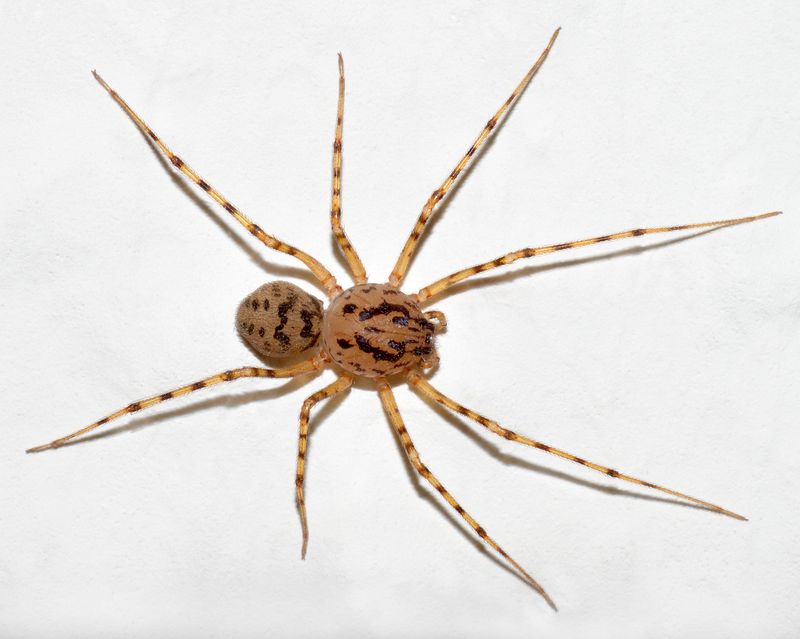
The Spitting Spider is known for its unique hunting method. Unlike most spiders, it uses a combination of silk and venom to immobilize prey, which it spits upon from a distance.
This spider’s beige, rounded body is adorned with a distinct zig-zag pattern. Despite its menacing name and hunting technique, it poses no threat to humans.
Encountering a Spitting Spider is a chance to appreciate the diverse adaptations in the spider world. Its harmlessness to humans makes it a fascinating and safe creature to study.
Mouse Spider
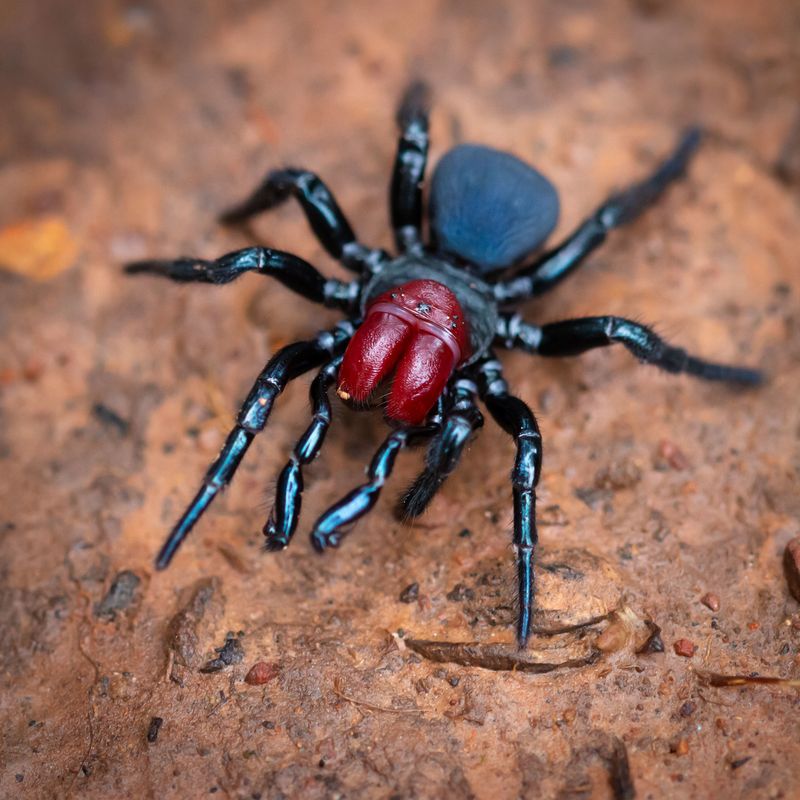
The mouse spider, with its glossy black body and red fangs, might seem like a formidable foe. However, it is not dangerous to humans. While their bites can cause discomfort, they are far from lethal.
These ground-dwelling spiders are found in Australia, inhabiting bushlands and grasslands. Mouse spiders are solitary and spend most of their time in burrows, emerging primarily to hunt.
They are non-aggressive and only bite when provoked. Their intriguing appearance and burrowing habits make them a fascinating species to observe, contributing significantly to the control of insects in their habitats.
Lynx Spider
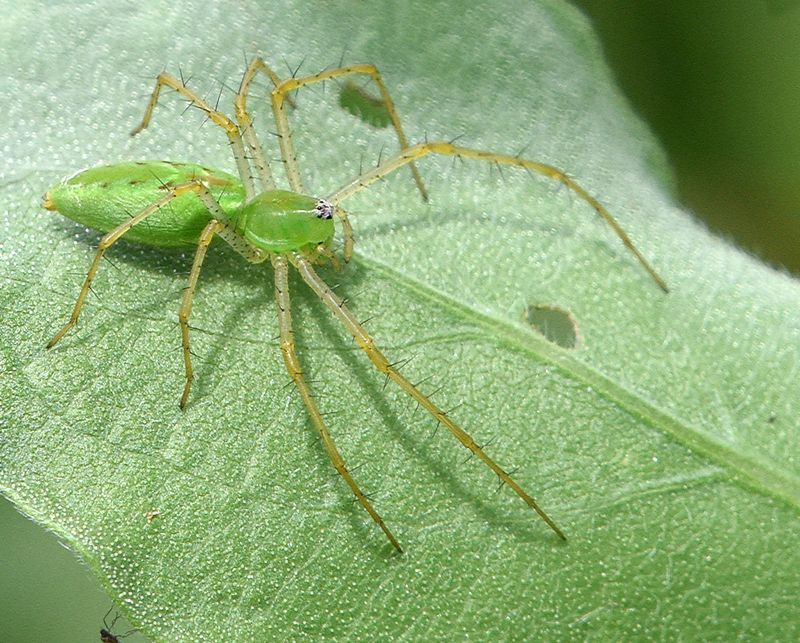
Lynx spiders, with their vibrant green bodies and spiny legs, are more eye-catching than intimidating. These agile hunters are harmless to humans.
They do not spin webs, instead relying on their speed and vision to catch prey. Found in gardens and fields, lynx spiders are active during the day. Their presence is beneficial as they help control pest populations.
While their spiky appearance might suggest danger, they are non-aggressive and prefer to avoid human contact. Observing their hunting techniques can be fascinating, as they leap onto unsuspecting prey with precision and speed.
Crab Spider
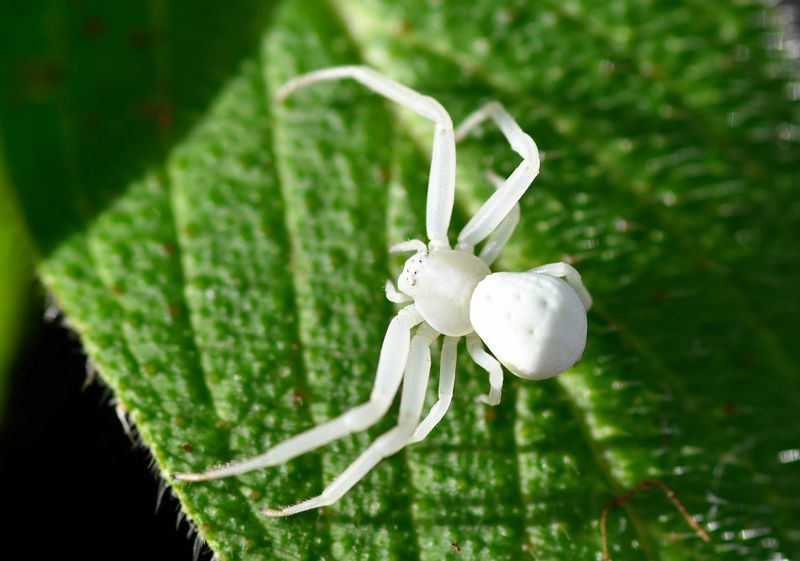
Crab spiders, named for their crab-like appearance, can change color to blend with their surroundings. Despite their predatory nature, they are harmless to humans. These spiders do not spin webs but are ambush predators.
Found in gardens and fields, crab spiders wait on flowers to catch pollinators and insects. Their bites are not harmful to humans, causing only mild irritation if bitten.
Their ability to blend in with their environment is remarkable, making them intriguing creatures to observe. They play a vital role in controlling insect populations, contributing to the ecological balance.
Fishing Spider
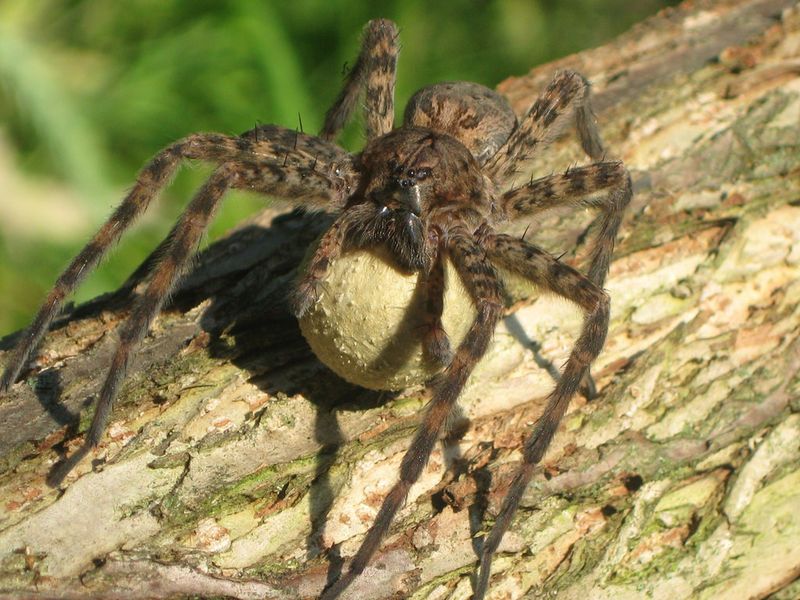
Fishing spiders, with their large size and ability to walk on water, might appear threatening. However, they are harmless to humans. These spiders hunt aquatic prey, using vibrations on the water’s surface to detect movement.
They are found near ponds and streams, where they capture fish and insects. Fishing spiders have an intriguing hunting method, waiting patiently for prey before sprinting across the water.
While their size can be alarming, they are non-aggressive and rarely bite humans. Observing them hunt is a unique experience, showcasing their specialized adaptations for aquatic life.
Cellar Spider

Cellar spiders, often called “daddy long legs,” are known for their delicate, long legs and propensity to inhabit dark, damp areas. They are not harmful to humans. Despite myths about their venom potency, their fangs are too short to cause harm.
These spiders are often found in basements and cellars, spinning loose, tangled webs. They play a role in controlling insect populations by preying on other spiders and insects.
Their presence is benign, and they are non-aggressive, making them safe cohabitants in human dwellings. Observing their web-building skills can be quite intriguing.
Peacock Spider
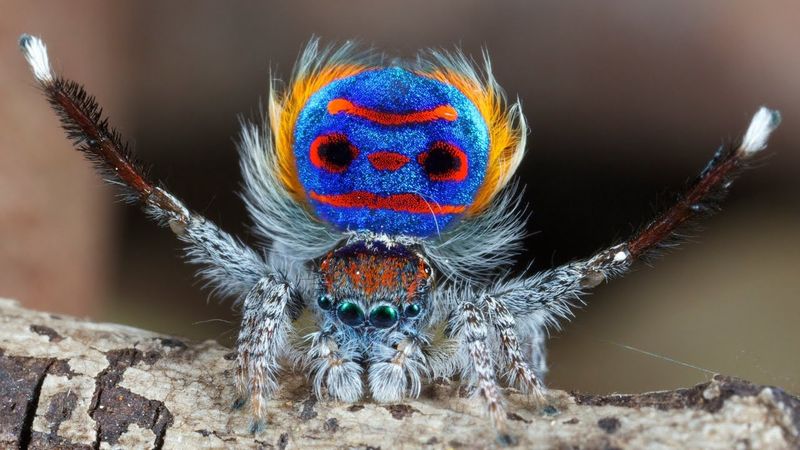
Peacock spiders, with their brilliant colors and elaborate mating dances, are more delightful than dreadful. They are tiny and harmless to humans. Known for their vibrant displays, male peacock spiders perform intricate dances to attract mates.
These spiders are found in Australia, primarily in scrublands and forests. They do not pose any risk to humans, as their tiny size renders them incapable of biting through skin.
Observing their courtship dances can be captivating, showcasing a unique aspect of spider behavior. Their presence is a testament to the incredible diversity and beauty found in the spider world.
Harvestman
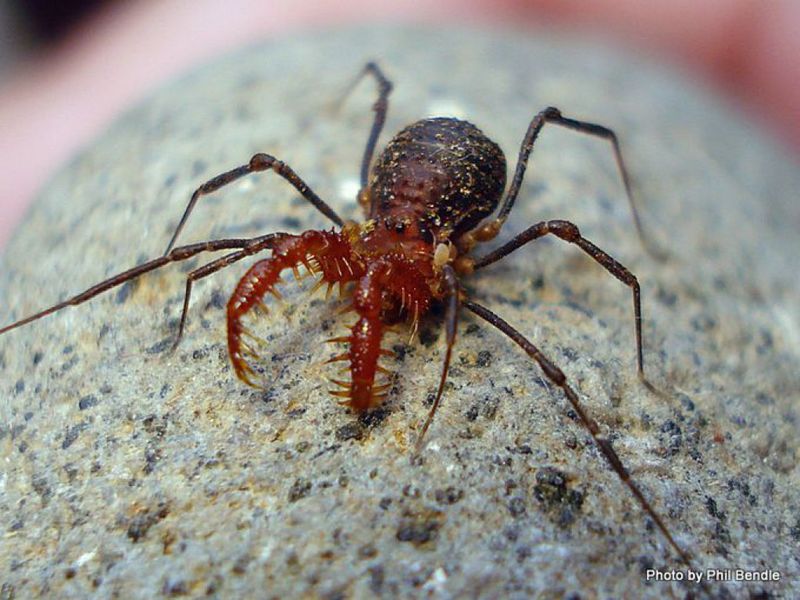
Often mistaken for spiders, harvestmen belong to a different order of arachnids. Known for their long legs and small, round bodies, they are harmless to humans. Unlike spiders, they do not produce venom or silk.
Harvestmen are found in a variety of habitats, from forests to gardens. They are scavengers, feeding on decaying organic matter and occasionally small insects.
Their presence is beneficial, as they contribute to the ecosystem by recycling nutrients. Despite their spider-like appearance, they are gentle creatures that pose no threat to humans, making them intriguing and misunderstood arachnids.

